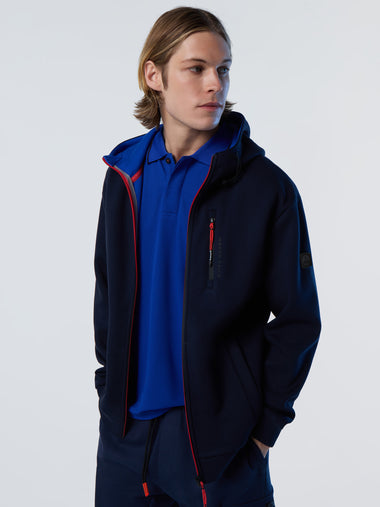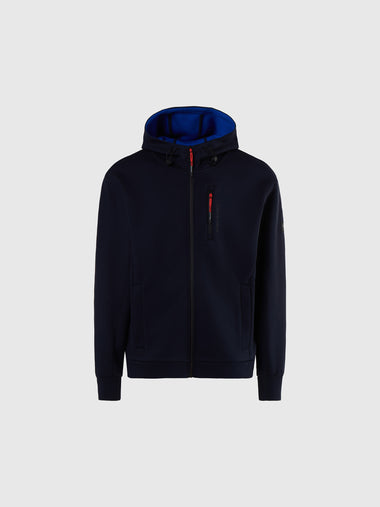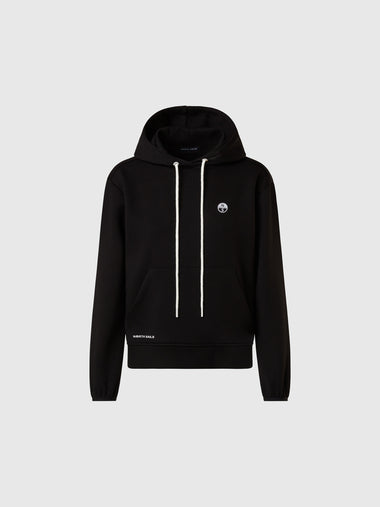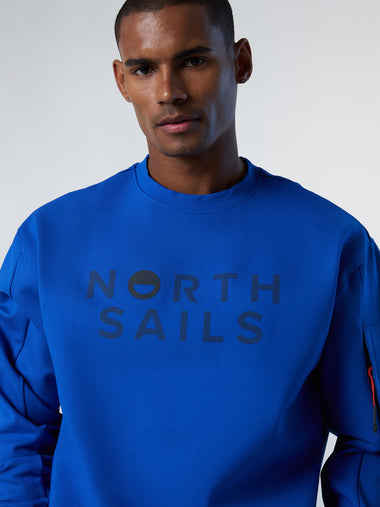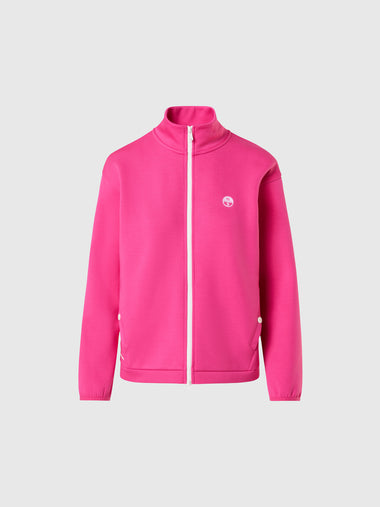NORTH SAILS BLOG
Todo
Events
Guides
News
People
Podcast
Sustainability
Tech & Innovation
Travel & Adventure
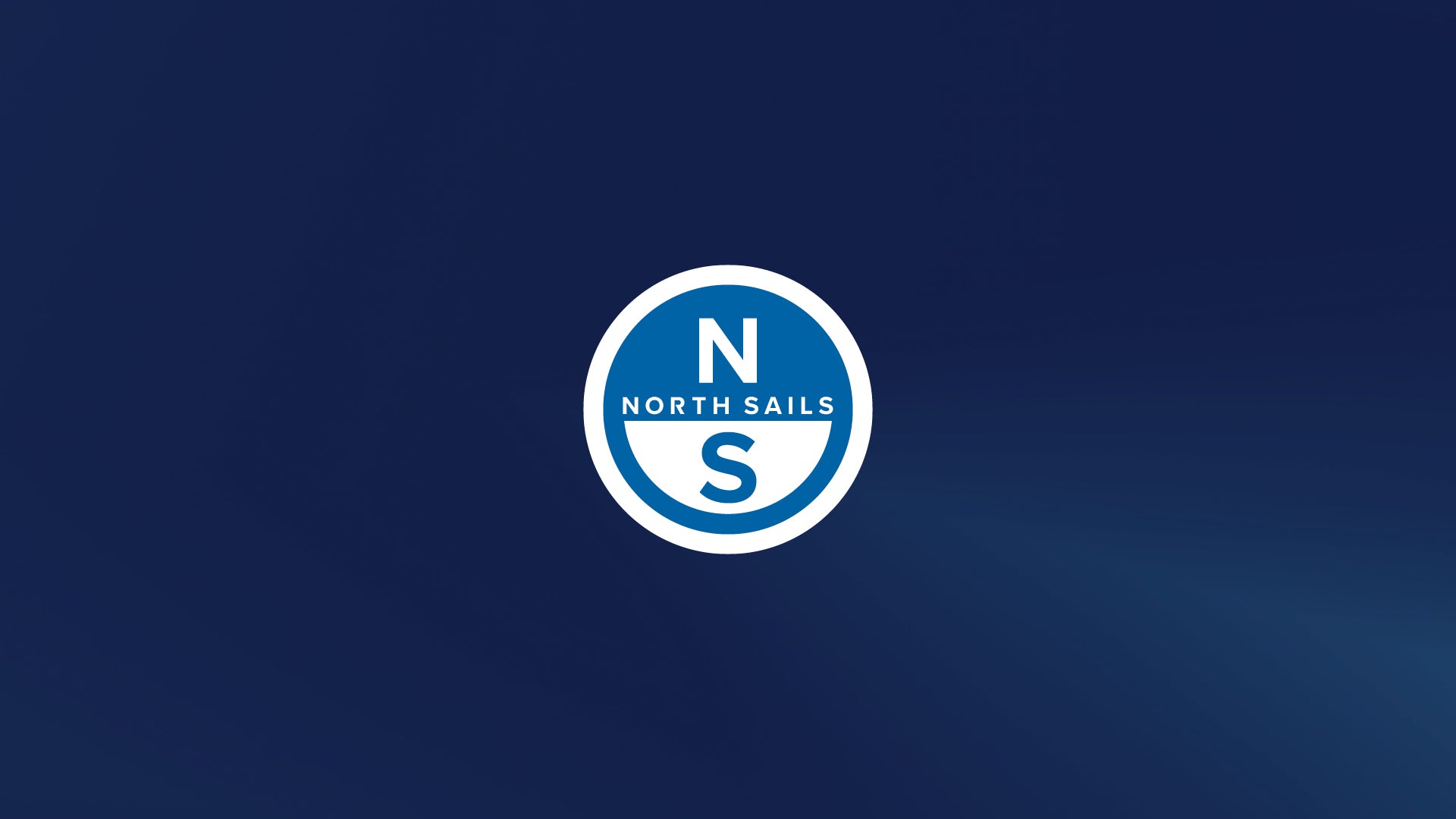
J/88 TUNING GUIDE
Below are Vince Brun’s suggestions for boat set-up and pre-race routine, based on his experience sailing the J/88 North American Championship. You can also download PDFs of the following:
US Tuning Guide
US Quick Tuning Guide
EU Tuning Guide
EU Quick Tuning Guide
BOAT PREPARATION
Bottom
Needless to say the bottom of the boat being clean and properly maintained is a key part of any fast boat or program. Going fast starts there and I can assure you that not one boat ever won a big event with a poorly maintained bottom. Don’t matter how well the crew perform, the rig is set, the sails trimmed, or the helmsman skills, a clean and smooth bottom, will have a huge impact on the overall boat performance. For this reason, I always make sure that my boat bottom is as good as I can possibly get it, this will give me confidence which helps me focus exclusively on the mast and sail setup.
SAILS, RIG SETUP & PERFORMANCE
Rig Setup
I found that the current North Sails J/88 tuning guide was extremely accurate on the gauge numbers.
Light Medium versus Heavy Jib
At the regatta Velocity performed better with the Light/Medium jib up to 18 knots TWS, and this was made clear when we had the heavy jib in winds between 14 to 18 knots. The J/88 likes to be slightly overpowered and the small jib didn’t help in that range. This was noticed not only in the lack of acceleration after a wave, but also in the poor pointing ability. I would tend to use the Light Medium, even if the breeze is hitting 19 knots in the puffs, when the wind drops, the J-88 gets underpowered quickly when using the heavier jib.
Backstay
The backstay is a key control on the J/88 in all conditions, not only helping with the flattening of the mainsail but also critical on controlling the forestay tension, and therefore forestay sag. Find a good way to calibrate your “fast settings” with good backstay marks, so that they can be duplicated again, and again.
Inhaulers and Jib Lead Position
For anyone trimming the jib, the inhauler and jib lead position are key controls in achieving a well set jib. If these controls are set in the wrong position, the trimmer won’t be able to have the jib properly trimmed. During a race you don’t normally have the luxury to stay on the leeward side to get the sail set up just right, so having these settings established well before the race is extremely important.
In my opinion, the key to success on any boat, is the confidence to be able to repeat “fast settings” that were learned in previous races or training and only work on fine tune changes from there. These numbers should be constantly added into your boat’s tuning matrix, so that these adjustments can be made automatically, which will help free everyone’s minds to better focus on what is happening on the race course and strategy.
Running rigging with proper length and good marks
As emphasized above, I’m a firm believer that good marks on the control lines, are a tremendous help to crews allowing them to perform their tasks faster and with more precision.
Example: If the spinnaker halyard is marked when the sail is fully up, the mast person will know precisely when that job is done and be able to move to his next task quicker, and without hesitation.
Mainsheet
I would suggest having the mainsheet fine tune separated from the mainsheet gross, to avoid the lines tangling at the leeward rounding or during pre-start maneuvers.
Spinnaker sheet turning block position
It might be a good idea to have the turning block for the spinnaker sheet moved forward, so that the spinnaker and jib sheets don’t cross. This allows the spinnaker sheet to stay ahead of the jib winch and in line with the spinnaker top deck winch.
Folding Propeller
As we learned on the first race on Sunday, it’s extremely important to have the propeller properly closed before the start to avoid the extra drag. The boat should be traveling at full speed before turning the engine off and putting it in reverse, this will ensure that the prop is properly set.
PRE-RACE ROUTINE
Pre-Race Warmup
I have seen many different approaches to this, but ultimately everyone has the same items crossed, before the start. Below is the pre-race routine I try to execute before every race day. It’s very simple:
Get to the starting area and start sailing on starboard (hopefully against another boat) for a good period of time to record the wind oscillation range, and have the lifts and headers numbers well defined.
During this time, I also fine tune my controls so that I’m comfortable with the boat speed (this being the reason for another boat being around). If there are speed issues, I make changes and continue testing.
After this is done, I hoist the spinnaker to make sure all the lines are led correctly and practice a few jibes to get the crew polished and ready for the day.
At the starting area, I normally check in and inspect the starting line, by going head to wind near the committee boat. Checking the wind direction and comparing it with the line setup.
Now with all the data needed, the crew can discuss and prepare the starting and first leg strategy.
Starting around other boats
Obviously it’s hard to predict what others will do when approaching the starting line with a minute (or less) to the start. Possibly more important than how close you are to the line, is what “upwind lane” you will have 30 to 60 seconds after the start. A boat close to leeward with their bow slightly forward, will be a serious issue immediately after the gun. There are a couple of ways to escape this situation but the key is to identify the problem earlier rather than later, particularly when there are boats closer to windward.
If someone is close to leeward with a minute or more to go, you have two possible options:
Two tacks – which involve doing two quick tacks and opening the gap to the leeward boat and closing on the windward boat. This normally requires a nice gap to windward and great crew work to make this maneuver possible. This technique will require a well trained crew that understands the boat and can execute the tacks with relatively minimum loss of speed.
The other more common option is to “push” the leeward boat by bearing off and taking their stern, establishing a hook to leeward. In most cases this attempt will force the leeward boat to do the same, but if they are late responding, which is not uncommon, you will be in a controlling position since you will have more speed and be able to hook. If you are unable to execute the hook, because the leeward boat has mimicked your move, you will be forced to go with plan A and do a double tack to protect your hole and future lane.
Again, identifying the situation early will give you more options to avoid a bad starting position.
READ MORE
READ MORE




